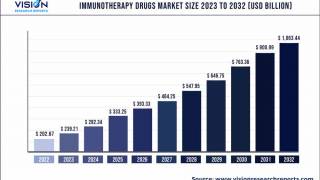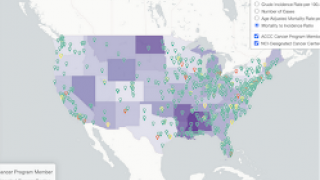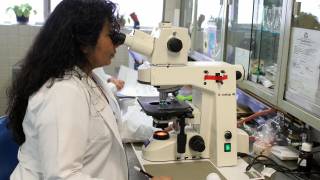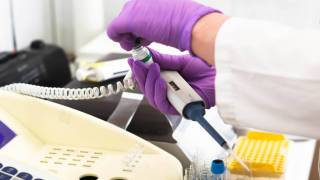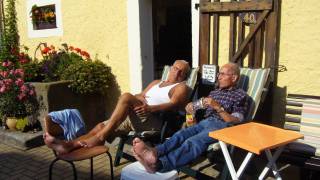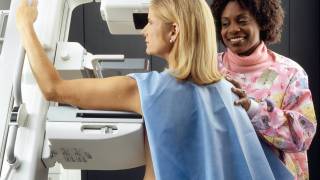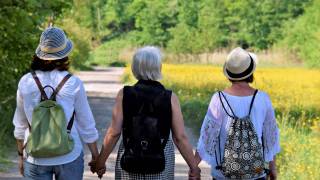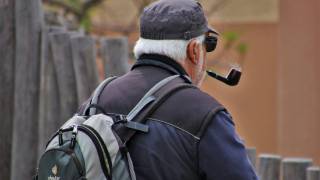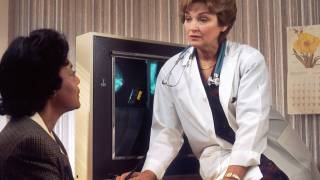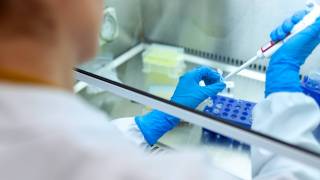Cancer Prevention Vaccine Required for Hawaiian Middle School Enrollment
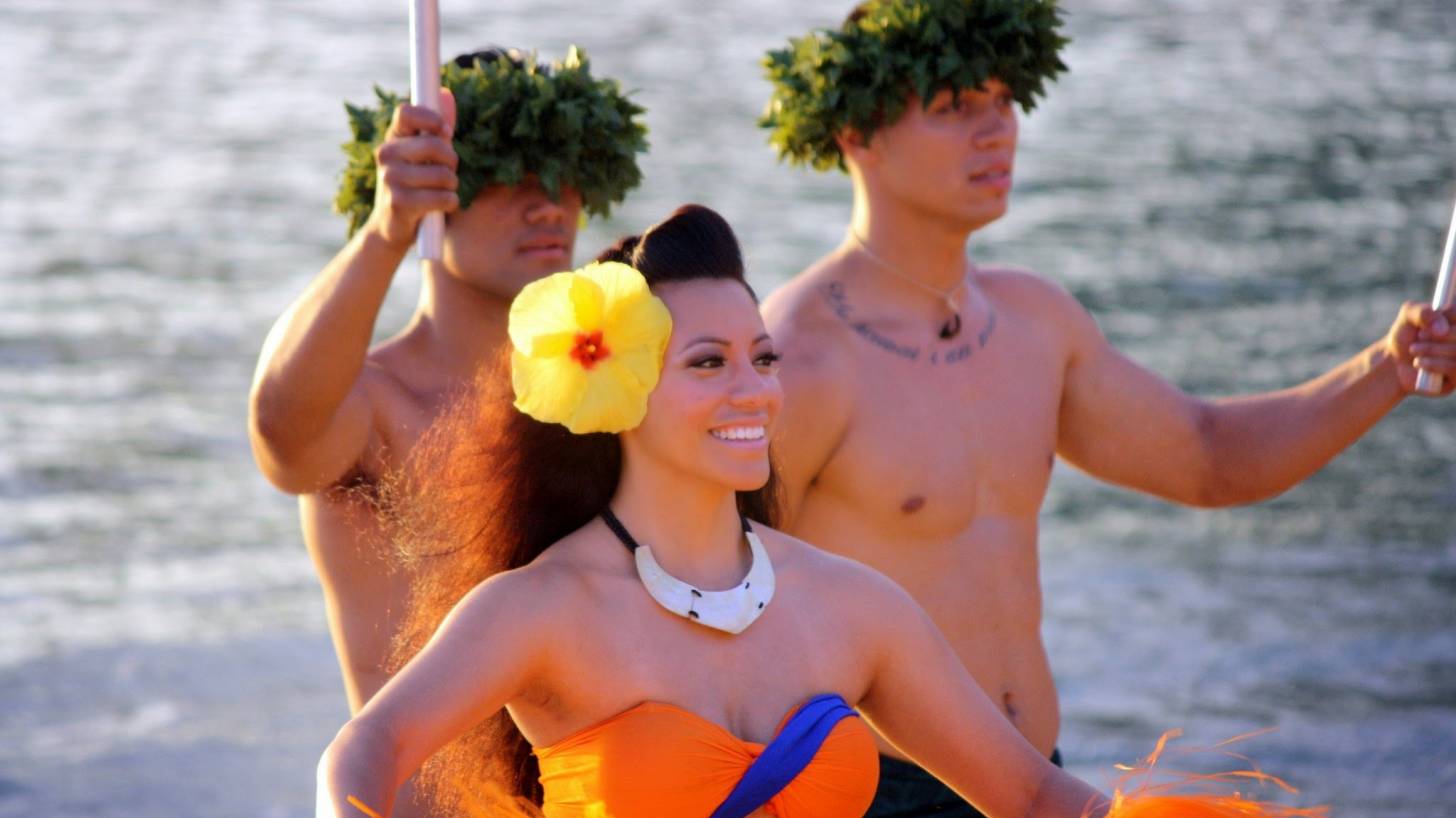
The Hawai‘i State Department of Health (DOH) launched an educational campaign to inform parents about the new immunization requirements for school enrollment, which now include the cancer-prevention, Human Papillomavirus (HPV) vaccine.
Hawaii now joins Rhode Island, Virginia, and Washington, D.C. in requiring the HPV vaccination to attend school.
All 50 US states have legislation requiring specified vaccines for students.
Hawaii’s Governor David Y. Ige highlighted in an October 2, 2019, press release, that beginning July 1, 2020, additional immunizations will be required for students entering childcare or preschool, kindergarten, 7th grade, and post-secondary schools, and all students entering school in Hawaii for the first time, regardless of age.
More than 13,200 current 6th-grade students in Hawaii public schools, including charters, will be affected by the new immunization rule.
Specifically, before the first day of the 2020–2021 academic year in Hawaii, all 7th-grade students must provide documentation of having received the following vaccines or risk being excluded:
- HPV vaccine
- MCV (meningococcal conjugate vaccine)
- Tdap (tetanus, diphtheria, pertussis vaccine)
In Hawaii, children may be exempt from these immunization requirements for medical or religious reasons, if the appropriate documentation is presented to the facility or school. Medical exemptions must be obtained from the student’s healthcare provider.
And, the Hawaii Administrative Rules, Chapter 11-157 require all students to meet immunization and tuberculosis clearance requirements before they attend post-secondary school in the state.
The new cancer-prevention immunization requirement conforms with current national recommendations from the US Centers for Disease Control and Prevention (CDC).
The CDC recommends that all preteens get the HPV vaccine when they are 11 or 12 years old to protect them before they are ever exposed to the cancer-causing virus.
In Hawaii, a 2018 state study found only 35 percent of girls and 19 percent of boys had received the CDC recommended HPV shots.
To increase this sub-optimized vaccination rate, a recent study offers innovative doctor-parent-patient communication advice.
This study published in Pediatrics found that refusal rates from parents remain high, especially for 11 to 12-year-olds, the target population for HPV vaccination.
"A physician recommendation is one of the most important factors in vaccine acceptance by parents," said Allison Kempe, M.D., MPH, lead author and professor of pediatrics at the University of Colorado School of Medicine, in a September 16, 2019, press release.
And, using the ‘presumptive communication’ style enables physicians to introduce the HPV vaccine in the same manner and as strongly as the other recommended adolescent vaccines for meningitis and Tdap.
For example, a doctor could say, "We've got 3 vaccines today: Tdap, HPV and Meningitis," rather than isolating HPV as an option that is not as important.
“We need to maximize methods of introducing the HPV vaccine that we know to be more effective, as well as the use of reminder and delivery methods at the practice in order to improve this rate,” said Dr. Kempe.
HPV is a group of more than 150 related viruses that can lead to certain types of cancers in both men and women. The HPV vaccine protects against the types of HPV that most commonly cause these cancers.
There are 2 categories of HPVs -- low-risk HPVs, which do not cause cancer, and high-risk HPVs, which can cause cancer.
According to the CDC’s August 22, 2019, MMWR report, among the estimated 34,800 cancers probably caused by HPV, 92 percent are attributable to the HPV types that are included in the HPV vaccine and could be prevented if HPV vaccine recommendations were followed.
Oropharyngeal cancer was the most common cancer attributable to the HPV vaccine types.
“A future without HPV cancers is within reach, but urgent action is needed to improve vaccine coverage rates,” said ADM Brett P. Giroir, M.D., Health & Human Services Assistant Secretary for Health, in the CDC report.
The CDC says 2-doses of the HPV vaccine are recommended for all boys and girls at ages 11-12, and the vaccine can be given as early as age 9.
But, teenagers who start the vaccine series on or after their 15th birthday need 3-doses given over 6 months. If your teen hasn’t gotten the vaccine yet, talk to his/her doctor about getting it as soon as possible.
Furthermore, on June 26, 2019, the Advisory Committee on Immunization Practices (ACIP) approved 2 new recommendations for HPV vaccine:
"Catch-up" vaccination for males is recommended through age 26 years (previously through age 21 years). This harmonizes the catch-up recommendation for males with the catch-up vaccination recommendation for females.
Vaccination of persons 27 through 45 years of age based on "shared clinical decision-making" between the patient and the clinician. This means that the decision to vaccinate persons 27 through 45 years of age should be based on a discussion of benefits and risks between the patient and the clinician.
Merck's Gardasil 9 HPV vaccine is currently available in the USA. Financial support programs for cancer vaccines can be found at Vaccine Discounts.
For more information about the Hawaii campaign and new school immunization requirements, visit Vax to School-Hawaii.
Cancer vaccine news published by Precision Vaccinations.
Our Trust Standards: Medical Advisory Committee
- New Vax to School campaign encourages parents of sixth graders to schedule vaccination appointments now
- Immunization Action Coalition
- States With Religious and Philosophical Exemptions From School Immunization Requirements
- Hawaii 2020-2021 School Health Requirements
- Hawaii to require immunizations for sixth-grade students
- CDC: An Estimated 92% of Cancers Caused by HPV Could be Prevented by Vaccine





